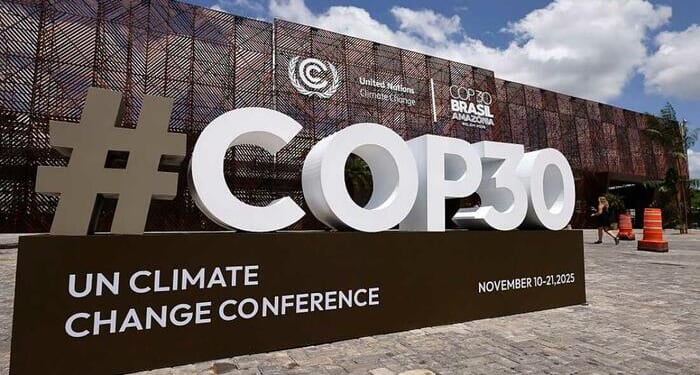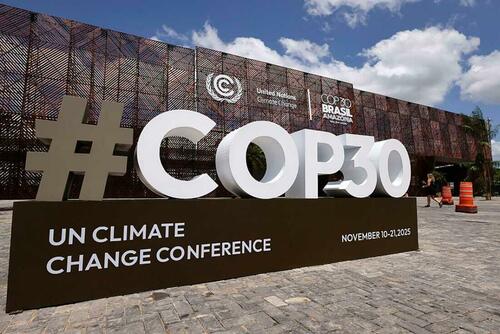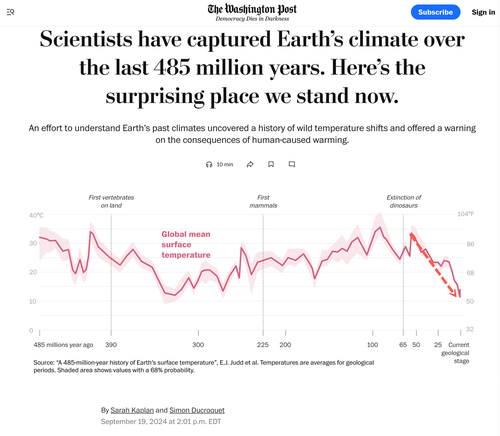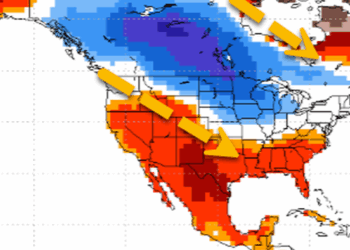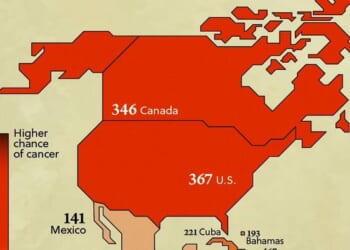In the past five years the institutional discussions surrounding climate change have shifted noticeably from “net zero” goals (zero net carbon emissions from target countries) to a more mercenary debate over carbon taxation. The question on everyone’s mind is this: Who gets the most access to those delicious climate funds?
Who gets access to the cash is less important than who gets to manage the cash, but we’ll get to that issue in a moment.
The recent COP30 event held last week in Brazil was largely focused on wealth redistribution with a lesser emphasis on carbon reductions. Climate “financing” is the name of the game, and COP30 was largely a squabble over which countries will get the most access to the various carbon taxes and donations collected by global intermediaries. In fact, the conference was largely considered a failure. From The Guardian:
“The sticking point was fossil fuels. As science has told us for well over a century, the carbon dioxide that burning them produces is heating up the planet, now to dangerous levels. But in more than 30 years of annual climate meetings, the need for that to halt has been mentioned only once…”
“…Meanwhile, developing countries desperately wanted to move forward on securing the money that would help them cope with the already disastrous impacts of extreme weather. By the early hours of Saturday, some delegates were ready to walk out and force a collapse. “It was on the edge for us,” said Ed Miliband, the UK energy minister. “I was prepared to walk away.””
The meaninglessness of the climate apparatus becomes evident at these kinds of events; flush with thousands of bureaucrats who serve no purpose, clamoring for money that is essentially stolen in the name of a crisis that doesn’t exist.
At COP30, developing countries secured a tripling to $120bn of annual finance to help them adapt to the impacts of extreme weather, but that sum will not be delivered in full until 2035.
Developing nations have already garnered billions in climate financing. India, for example, receives around $30 billion annually in climate funding which is meant to help third-world countries reduce their reliance on oil and coal while developing “green tech.” The dramatic inefficiency of green energy aside, it’s unlikely that much of this financing is actually going into improving carbon emissions in India or anywhere else.
The biggest beneficiaries are NGOs and Multilateral Development Banks (MDBs) working closely with the World Bank. These organizations collect the carbon funds and then redistribute that money according to their own guidelines. Carbon taxes also represent a fresh revenues source for various governments in the first-world, with some of this money being transferred to intermediaries in the name of “Climate Reparations.”
The woke vernacular of the climate agenda is no coincidence. Calls for reparation, equity and “climate justice” reveal the globalist/socialist roots of the global warming scam. Environmental groups were quick to promote wealth redistribution in the name of imaginary climate crimes and “colonialism”. COP30 partially adopted this language by supporting the Belém Package – An agreement to integrate “equity” into climate financing decisions.
“There can be no true climate justice without reparatory justice,” say climate activist groups in a letter sent to COP30.
“The climate crisis did not arise recently — it is a continuation of centuries of greenhouse emissions, extraction, dispossession, and racial violence,” the letter said, urging COP30 to address historical injustices and the need for reparations as part of any negotiation on climate.
The melding of woke activism and climate hysteria is part of a larger progressive cultism that, until recently, has been infecting global politics like a plague. There are obviously millions of true believers when it comes to global warming doom, just as there were millions of people that embraced the pandemic hysteria of covid. However, the main thrust of climate governance is still mostly about cold hard cash.
There is, of course, no science that supports the claim of a causation relationship between man-made carbon emissions and global warming. As we have noted many times in the past, climate scientists rely on a tiny 140 year window of temperature data to defend their claims. If we look at a much larger window of hundreds of millions of years, the temperatures today are actually some of the coldest ever recorded.
Furthermore, when comparing atmospheric carbon content data over the same timeline, it is undeniable that carbon emissions have no relation to planetary temps. They simply do not match up.
Climate scientists dishonestly ignore this data in preference of a 140 year model; a meaningless timeline which offers no insight into why the Earth warms or cools and when it might do so in the future. They insist on the assumption that carbon “pollution” created by human industry is the cause of current warming and then adjust their models to support this assumption. It’s not science, it’s the opposite, but there’s a lot of money to be made by perpetuating the lie.
Loading recommendations…

